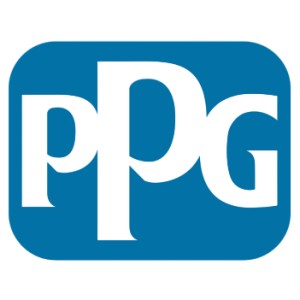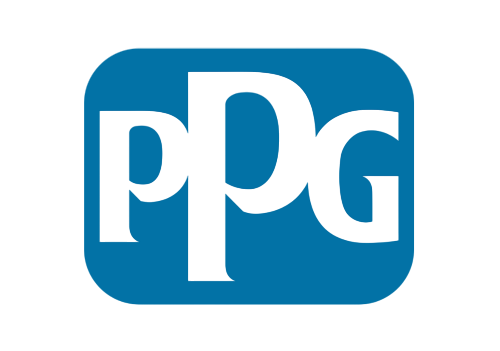- Lubricants
- Assembly Paste
- Oil
- Grease
- Advance Bearing Grease
- Anticorrosion Grease
- Barium Complex (Mineral)
- Barium Complex (Synthetic)
- Bearing Grease EP
- Bearing Lubricant
- Bicycle Maintenance & Repair
- Calcium Sulfonate Complex Grease Water Resiistant
- Electric Copper Grease
- Electric Motor Bearing Grease
- Electrical Contact Grease
- Fluid Grease Multipurpose EP
- Bearing Greases
- Synthetic Grease
- Degreaser
- Insulations
- Vacuum Pump
- Antirust
- Food Grade Grease
- Food Grade Oil
- Punching Oil
- Hydraulic Oils
- Galvanized
- Cleaner
- Antiseize
- Aviation Oil
- Aviation Grease
- PPG Sealant
- Nabakem
PR-2200
PR-2200 Class B is an electrically conductive, rapid cure, corrosion inhibitive sealant. It has a service temperature range from -67 °F (-55 °C) to 250 °F (121 °C), with intermittent excursions up to 360 °F (182 °C).
Description
Description
PR-2200 Class B is an electrically conductive, rapid cure, corrosion inhibitive sealant. It has a service temperature range from -67 °F (-55 °C) to 250 °F (121 °C), with intermittent excursions up to 360 °F (182 °C).
The cured sealant provides excellent electrical conductivity and EMI/RFI shielding effectiveness. This material acts as an effective barrier against the common causes of corrosion on aluminum alloys or between dissimilar metals.
The cured sealant is resistant to exposure to both jet fuel and aviation gas. PR-2200 Class B is a two part, nickel filled, epoxy cured, PERMAPOL® P-3.1 polythioether compound. The uncured material is a low sag, thixotropic paste suitable for application by extrusion gun or spatula.
This sealant has excellent adhesion to common aircraft substrates when correctly primed with PR-182 Adhesion Promoter.
Surface preparation
Immediately before applying sealant to substrates, the surfaces should be cleaned with solvents. Contaminants such as dirt, grease, and/or processing lubricants must be removed prior to sealant application.
A progressive cleaning procedure should be employed using appropriate solvents and a new-lint free cloth conforming to AMS 3819. (Reclaimed solvents or tissue paper should not be used.) Always pour solvent on the cloth to avoid contaminating the solvent supply. Wash one small area at a time.
It is important that the surface is dried with a second clean cloth prior to the solvent evaporating to prevent the redeposition of contaminants on the substrate.





